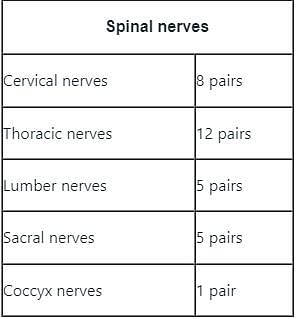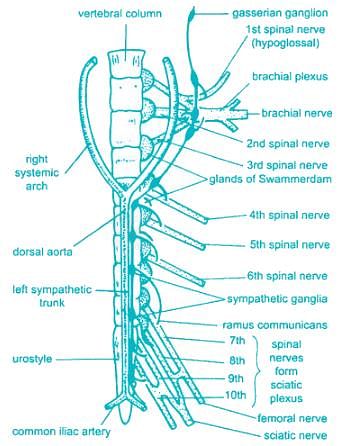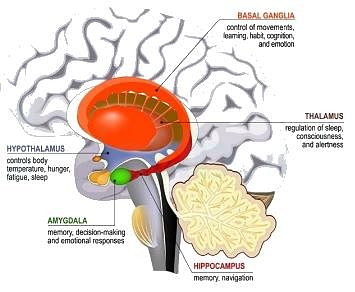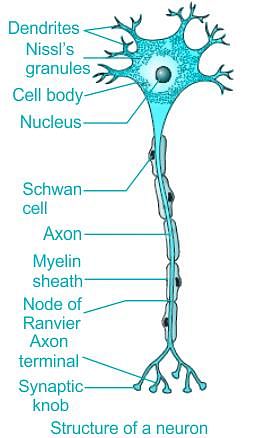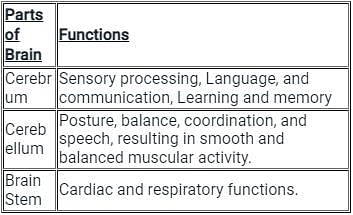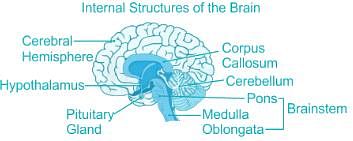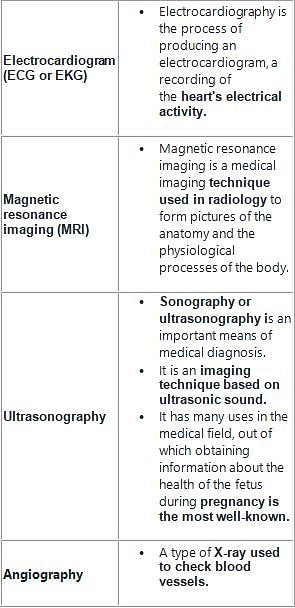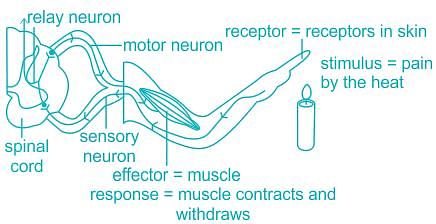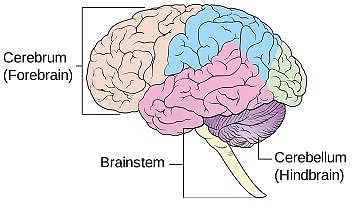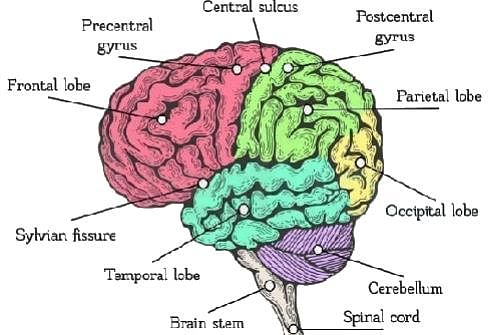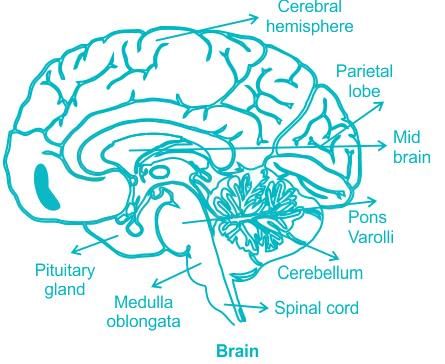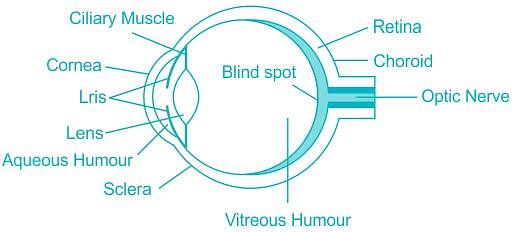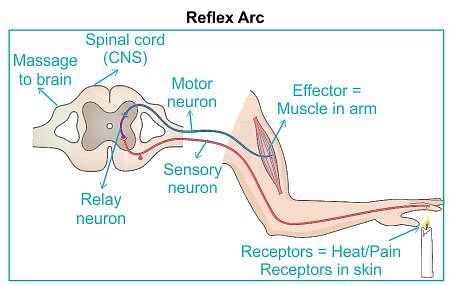MCAT Exam > MCAT Tests > Psychology and Sociology for MCAT > Test: Nervous System - MCAT MCQ
Test: Nervous System - MCAT MCQ
Test Description
15 Questions MCQ Test Psychology and Sociology for MCAT - Test: Nervous System
Test: Nervous System for MCAT 2025 is part of Psychology and Sociology for MCAT preparation. The Test: Nervous System questions and answers have been
prepared according to the MCAT exam syllabus.The Test: Nervous System MCQs are made for MCAT 2025 Exam. Find important
definitions, questions, notes, meanings, examples, exercises, MCQs and online tests for Test: Nervous System below.
Solutions of Test: Nervous System questions in English are available as part of our Psychology and Sociology for MCAT for MCAT & Test: Nervous System solutions in
Hindi for Psychology and Sociology for MCAT course. Download more important topics, notes, lectures and mock
test series for MCAT Exam by signing up for free. Attempt Test: Nervous System | 15 questions in 25 minutes | Mock test for MCAT preparation | Free important questions MCQ to study Psychology and Sociology for MCAT for MCAT Exam | Download free PDF with solutions
Detailed Solution for Test: Nervous System - Question 1
Test: Nervous System - Question 2
In which part of the human body is the “Hippocampus” located?
Detailed Solution for Test: Nervous System - Question 2
Test: Nervous System - Question 3
Which among the following controls beating of the heart and respiratory movement?
Detailed Solution for Test: Nervous System - Question 3
Detailed Solution for Test: Nervous System - Question 4
Test: Nervous System - Question 5
_____ controls involuntary activities like coughing and sneezing.
Detailed Solution for Test: Nervous System - Question 5
Test: Nervous System - Question 6
Which one of the following organs will not feel any pain on being pricked by a needle?
Detailed Solution for Test: Nervous System - Question 6
Test: Nervous System - Question 7
Which of the following controls the beating of the heart and respiratory movement in human beings?
Detailed Solution for Test: Nervous System - Question 7
Detailed Solution for Test: Nervous System - Question 8
Test: Nervous System - Question 9
EEG is taken out for diagnosing ailments of which of the following?
Detailed Solution for Test: Nervous System - Question 9
Detailed Solution for Test: Nervous System - Question 10
Test: Nervous System - Question 11
Which of the following is the main thinking part of the human brain?
Detailed Solution for Test: Nervous System - Question 11
Detailed Solution for Test: Nervous System - Question 12
Detailed Solution for Test: Nervous System - Question 13
Detailed Solution for Test: Nervous System - Question 14
Test: Nervous System - Question 15
How many neurons comprise the reflex arc from a touch receptor to a muscle?
Detailed Solution for Test: Nervous System - Question 15
|
339 videos|14 docs|42 tests
|
Information about Test: Nervous System Page
In this test you can find the Exam questions for Test: Nervous System solved & explained in the simplest way possible.
Besides giving Questions and answers for Test: Nervous System, EduRev gives you an ample number of Online tests for practice


